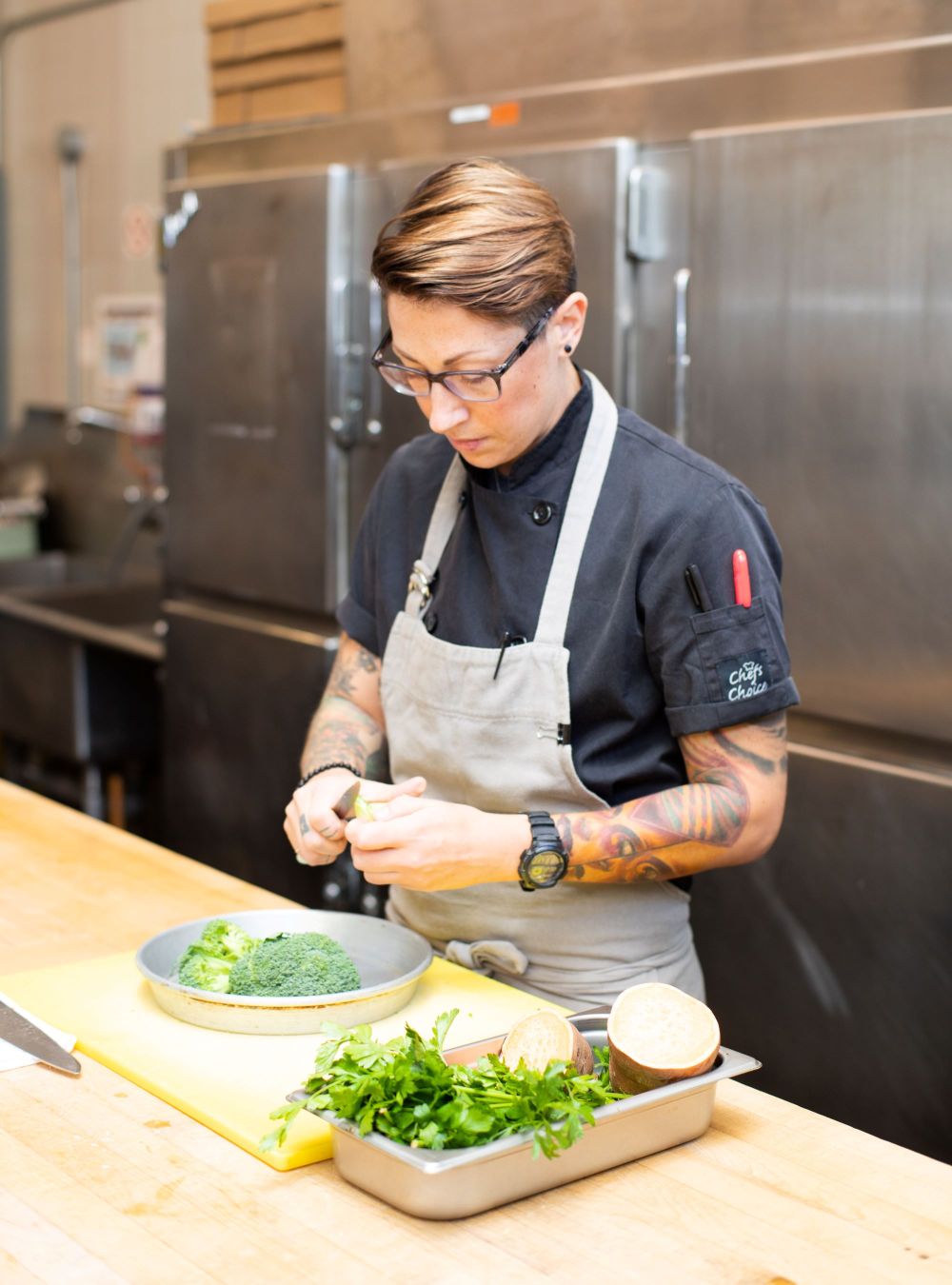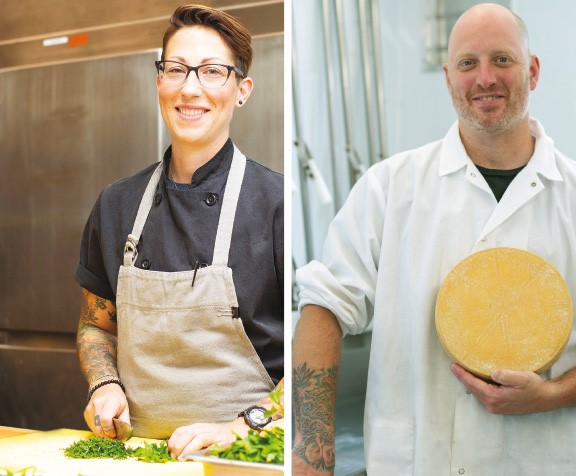Advertisement
Read this article for free:
or
Already have an account? Log in here »
To continue reading, please subscribe:
Monthly Digital Subscription
$0 for the first 4 weeks*
- Enjoy unlimited reading on winnipegfreepress.com
- Read the E-Edition, our digital replica newspaper
- Access News Break, our award-winning app
- Play interactive puzzles
*No charge for 4 weeks then price increases to the regular rate of $19.00 plus GST every four weeks. Offer available to new and qualified returning subscribers only. Cancel any time.
Monthly Digital Subscription
$4.75/week*
- Enjoy unlimited reading on winnipegfreepress.com
- Read the E-Edition, our digital replica newspaper
- Access News Break, our award-winning app
- Play interactive puzzles
*Billed as $19 plus GST every four weeks. Cancel any time.
To continue reading, please subscribe:
Add Free Press access to your Brandon Sun subscription for only an additional
$1 for the first 4 weeks*
*Your next subscription payment will increase by $1.00 and you will be charged $16.99 plus GST for four weeks. After four weeks, your payment will increase to $23.99 plus GST every four weeks.
Read unlimited articles for free today:
or
Already have an account? Log in here »
Hey there, time traveller!
This article was published 06/11/2021 (1491 days ago), so information in it may no longer be current.
Did you know that more than 50 per cent of food waste in single-family households is avoidable? This includes leftovers and untouched food that could have been eaten.
We often waste good food unintentionally. It goes to waste because we buy too much, cook too much or don’t store it correctly.
Two talented local chefs share a taste of sustainable food practices that are easy to incorporate right at home.
Here are some tasty tips from Chef Dustin Peltier of Loaf and Honey and executive chef Jessica Young of Diversity Food Services at the University of Winnipeg.
1. Do you have some menu-planning tips with sustainable food management in mind?
Dustin Peltier: Be flexible! If following a recipe, be willing to be creative as not all ingredients will be available. Find substitutes or just use a recipe as an inspiration and create your own dishes with what you can source. Know your source! Learn about the producer you are buying from and what are their sustainable practices.
Jessica Young: Sustainable food management in its simplest form can be reducing your personal food waste and the number of people your food goes through to get to you. To take it one step further, become familiar with such things as canning, preserving and pickling, taking your season’s abundance into the later colder months.
2. Do you have advice for buying local and seasonal ingredients?
DP: Get out to the farmers markets! Reach out and get yourself a weekly/monthly subscription box (CSA) from a local producer. Direct Farm Manitoba is a great resource for finding smaller-scale farmers and has a list of all its members and what they produce. Also, Adagio Acres has a fantastic grain CSA that they organise with a lot of other grain and pulse producers so you can get a whole big supply all in one place.
JY: We have such things available to us as food box programs from Crampton’s Market that take initiative to directly link you to the farmers. Another is Fireweed Food Co-op who offers a farmer/maker market as well as Harvest CSA food boxes. Lastly, I believe in talking with the producers — ask questions about their products, make friends, maybe learn something about what our province has to offer. 
3. What is the best way to store food?
DP: Pickling is great, but you can only eat so many pickled items at a time. If you have the room, an extra freezer and a small vacuum sealer will do you wonders. Dehydrating and dry storage is also great and you can have soups dried, mixed and ready to add water for when you are in a rush.
JY: Storage can include such things as canning, preserving, freezing, cold storage, dehydrating and having airtight leak-proof containers. Love Food Hate Waste Canada’s website has come up with a guide from A-Z on how to store a huge variety of food products, including ideas on how to utilize that particular food.
4. What about leftovers?
DP: We are going into soup season so that is the ultimate easy way to use up leftovers. Don’t be nervous to mix some things in a pot and see what happens. If they were good together on a plate, there’s a pretty good chance they’ll be even better with some broth or cream in a bowl. But, most importantly, just don’t tuck them away and forget about them in the back of the fridge. If you aren’t going to make something with them right away, wrap, label and freeze them.
JY: Using leftovers can start with having meals that may utilize some of your previous day’s food. Leftovers can also be portioned off and frozen for an easy-access meal later when perhaps you’re low on plans or time. At a larger scale, you can donate excess food to a local resource or food rescue centre like Macdonald Youth Services. Always call ahead and ask if that location needs assistance. End Homelessness Winnipeg has a very comprehensive resource guide.
5. Any other ideas for reducing food waste?
DP: Make stocks! Save the trim from vegetables and meats. Simmer those with some herbs and spices, and freeze in smaller containers. Then whenever you need to add water to something, you’ve got a more flavourful and nutritious substitute. There’s a lot less packaging when buying direct from a farmer, so a big part of cutting down on waste is to get it from the source. As always, it’s better to have an idea or menus planned out before you shop. That way, you are buying what you need and not just random items that may not go together to make a meal. Also, consider growing your own! Even if it’s just some herbs on your windowsill at home, it will go a long way. If you have the space, plant a few items in the yard.
JY: It starts with personal responsibility and knowledge. These include meal planning, preserving and storing in a variety of ways, and knowing how to not only reduce your waste but how to utilize it if you have it. If you’re thinking compost, you have a few options. Compost Winnipeg provides a service for $35/month. Green Action Centre also has a listing on their website with all the community compost sites that are accessible in Manitoba.
The City of Winnipeg is also collecting residential food waste in several areas of Winnipeg as part of the two-year residential food waste collection pilot project that launched in October 2020.
Did you know that more than 50 per cent of food waste in single-family households is avoidable? This includes leftovers and untouched food that could have been eaten.
We often waste good food unintentionally. It goes to waste because we buy too much, cook too much or don’t store it correctly.
Two talented local chefs share a taste of sustainable food practices that are easy to incorporate right at home.
Here are some tasty tips from Chef Dustin Peltier of Loaf and Honey and executive chef Jessica Young of Diversity Food Services at the University of Winnipeg.
1. Do you have some menu-planning tips with sustainable food management in mind?
Dustin Peltier: Be flexible! If following a recipe, be willing to be creative as not all ingredients will be available. Find substitutes or just use a recipe as an inspiration and create your own dishes with what you can source. Know your source! Learn about the producer you are buying from and what are their sustainable practices.
Jessica Young: Sustainable food management in its simplest form can be reducing your personal food waste and the number of people your food goes through to get to you. To take it one step further, become familiar with such things as canning, preserving and pickling, taking your season’s abundance into the later colder months.
2. Do you have advice for buying local and seasonal ingredients?
DP: Get out to the farmers markets! Reach out and get yourself a weekly/monthly subscription box (CSA) from a local producer. Direct Farm Manitoba is a great resource for finding smaller-scale farmers and has a list of all its members and what they produce. Also, Adagio Acres has a fantastic grain CSA that they organise with a lot of other grain and pulse producers so you can get a whole big supply all in one place.
JY: We have such things available to us as food box programs from Crampton’s Market that take initiative to directly link you to the farmers. Another is Fireweed Food Co-op who offers a farmer/maker market as well as Harvest CSA food boxes. Lastly, I believe in talking with the producers — ask questions about their products, make friends, maybe learn something about what our province has to offer.
3. What is the best way to store food?
DP: Pickling is great, but you can only eat so many pickled items at a time. If you have the room, an extra freezer and a small vacuum sealer will do you wonders. Dehydrating and dry storage is also great and you can have soups dried, mixed and ready to add water for when you are in a rush.
JY: Storage can include such things as canning, preserving, freezing, cold storage, dehydrating and having airtight leak-proof containers. Love Food Hate Waste Canada’s website has come up with a guide from A-Z on how to store a huge variety of food products, including ideas on how to utilize that particular food.
4. What about leftovers?
DP: We are going into soup season so that is the ultimate easy way to use up leftovers. Don’t be nervous to mix some things in a pot and see what happens. If they were good together on a plate, there’s a pretty good chance they’ll be even better with some broth or cream in a bowl. But, most importantly, just don’t tuck them away and forget about them in the back of the fridge. If you aren’t going to make something with them right away, wrap, label and freeze them.
JY: Using leftovers can start with having meals that may utilize some of your previous day’s food. Leftovers can also be portioned off and frozen for an easy-access meal later when perhaps you’re low on plans or time. At a larger scale, you can donate excess food to a local resource or food rescue centre like Macdonald Youth Services. Always call ahead and ask if that location needs assistance. End Homelessness Winnipeg has a very comprehensive resource guide.
5. Any other ideas for reducing food waste?
DP: Make stocks! Save the trim from vegetables and meats. Simmer those with some herbs and spices, and freeze in smaller containers. Then whenever you need to add water to something, you’ve got a more flavourful and nutritious substitute. There’s a lot less packaging when buying direct from a farmer, so a big part of cutting down on waste is to get it from the source. As always, it’s better to have an idea or menus planned out before you shop. That way, you are buying what you need and not just random items that may not go together to make a meal. Also, consider growing your own! Even if it’s just some herbs on your windowsill at home, it will go a long way. If you have the space, plant a few items in the yard.
JY: It starts with personal responsibility and knowledge. These include meal planning, preserving and storing in a variety of ways, and knowing how to not only reduce your waste but how to utilize it if you have it. If you’re thinking compost, you have a few options. Compost Winnipeg provides a service for $35/month. Green Action Centre also has a listing on their website with all the community compost sites that are accessible in Manitoba.
The City of Winnipeg is also collecting residential food waste in several areas of Winnipeg as part of the two-year residential food waste collection pilot project[JM1] that launched in October 2020.
[JM1]I suggest that we italicize this commen. It’s not in Jessica’s own words, so it’s better not to look like it’s attributed to her directly.
This article is produced by the Advertising Department of the Winnipeg Free Press, in collaboration with City of Wpg – Water & Waste



